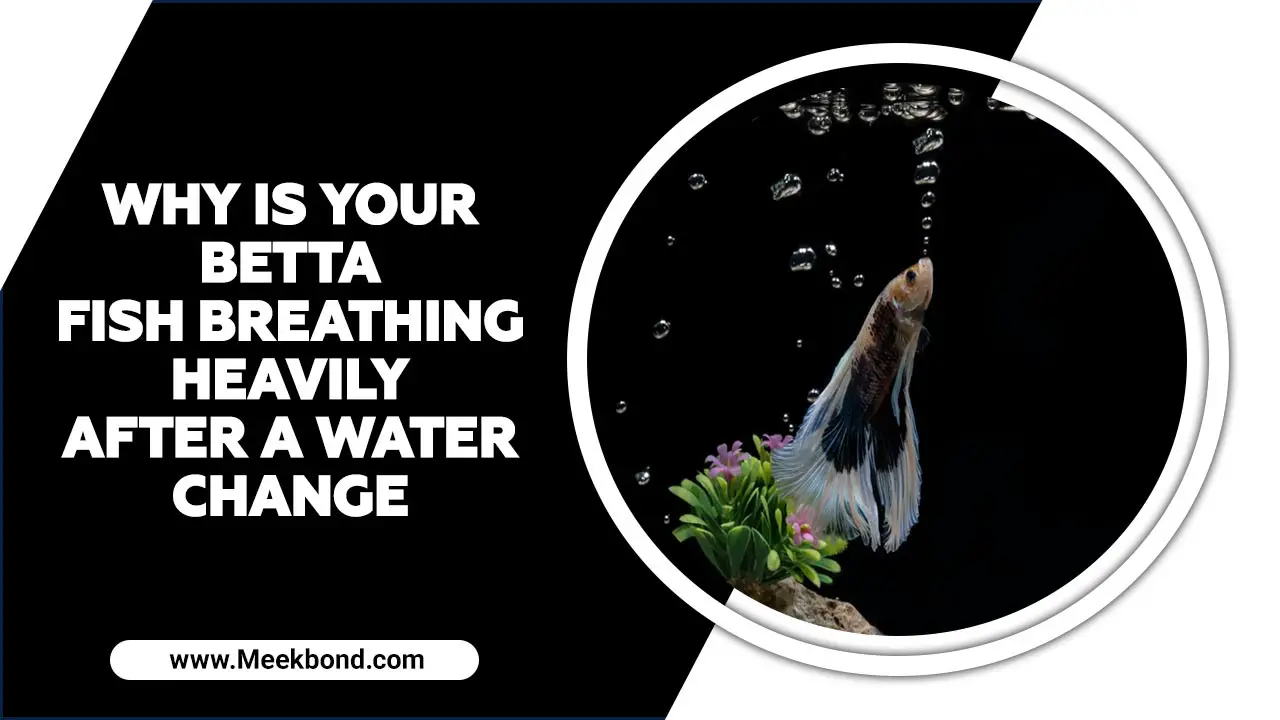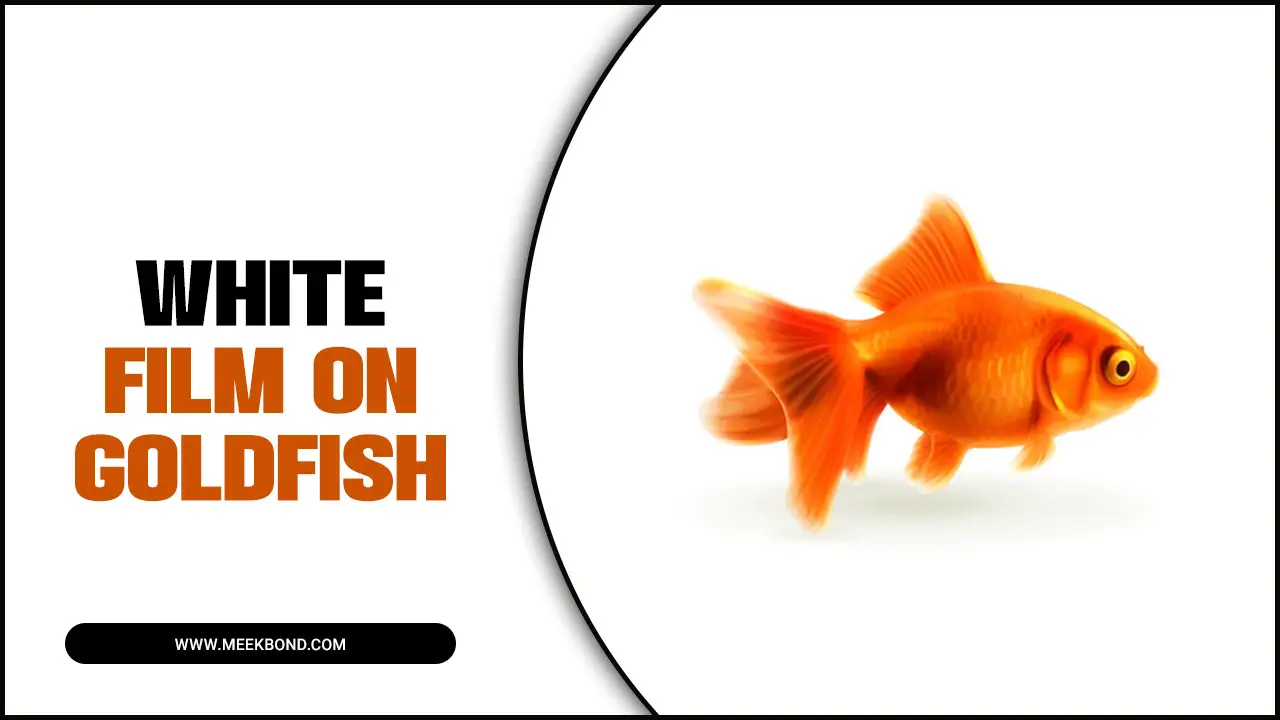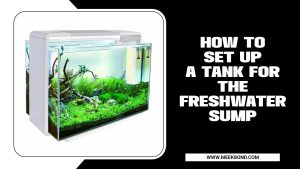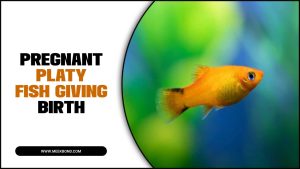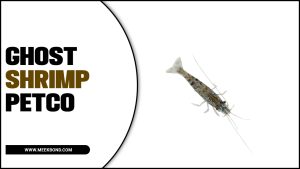A fish finder is an electronic device used by fishermen to locate fish underwater. It works by sending out sound waves into the water, which then bounce back off of objects, including fish.
The device then uses this information to visually represent what is beneath the surface, allowing fishermen to see where the fish are located and how deep they are. Fish finders come in various types and styles, from portable handheld units to large, sophisticated systems that can be mounted on boats.
Fishing is an exciting outdoor activity that many people enjoy. However, catching a fish requires skill and patience. Thankfully, technology has made things easier with the invention of fish finders. Fish finders are devices that help anglers detect the presence and location of fish underwater.
We will take a deep dive into how fish finders work and what are the different types available in the market. We will also discuss some important features to look for. When choosing a fish finder, provide a step-by-step guide on how to use a fish finder effectively to catch more fish without breaking your bank account.

What Are Some Important Features To Look For When Choosing A Fish Finder?

When choosing a fish finder, there are several important features to consider. Firstly, the display should be clear and easy to read in different lighting conditions. A high-resolution color screen is ideal for this purpose. Secondly, the transducer should be able to detect fish and underwater structures at various depths accurately.
It should also have a wide cone angle to cover more area under the water. Thirdly, the fish finder should have GPS capabilities for navigation and marking fishing spots. Fourthly, having a feature that allows you to adjust sensitivity and noise levels can make it easier to differentiate between small and large fish.
Finally, having an easy-to-use interface with intuitive controls can save time and frustration when using the device on the water. Overall, these features will help ensure that you get the most out of your fish finder and have successful fishing expeditions.
How To Use A Fish Finder – Cost Effective Method

To use a fish finder economically, you must consider several factors. First, choose the best-suited fish finder from various models available such as Garmin or Lowrance. Secondly, learn how to interpret arches or blobs displayed on the screen by adjusting sensitivity and frequency settings according to water conditions.
Thirdly, techniques such as down imaging or side imaging can cover a wider area. Increasing your chances of finding big fish like bass or crappie in shallower waters around vegetation or weed beds.
Fourthly, GPS mapping features can help navigate or mark locations for future reference while kayaking. Lastly, practice with your sonar device by experimenting with different frequencies, colour palettes, and manual adjustments for better results. Here are more on how to use a fish finder.
Choosing The Right Fish Finder For Your Needs

Choosing the right fish finder is essential for any angler looking to improve their fishing game. With so many options on the market, it can be overwhelming to determine which one is best suited for your needs. The first step is to consider what type of fishing you’ll be doing and in what conditions.
For example, a portable unit with a smaller screen may be sufficient if you’re a kayak angler or fish in shallow waters. However, you’ll need a larger display and more advanced sonar capabilities if you’re a deep-sea fisherman. It’s also important to consider your budget and any specific features you may need, such as GPS or CHIRP technology. With careful consideration and research, you can find the perfect fish finder to help you reel in that big catch.
Setting Up And Installing Your Fish Finder

Setting up and installing a fish finder can seem like a daunting task, but with the right tools and instructions, it can be a relatively simple process. First, you’ll need to choose the best location for your fish finder on your boat. This should be where you can easily access the transducer cable and power source.
Once you’ve found the perfect spot, use a drill to create holes for the mounting brackets. Next, attach the mounting brackets to your fish finder and secure them in place using screws. Then, connect the transducer cable to your fish finder and run it through any necessary holes or channels on your boat.
Finally, connect the power source to your fish finder and turn it on to ensure that everything is working properly. It’s important to follow all instructions carefully when setting up and installing your fish finder to ensure it functions correctly and provides accurate readings. With a little patience and attention to detail, you’ll be able to enjoy successful fishing trips with the help of your new fish finder.
Using Your Fish Finder In Different Water Conditions

When using your fish finder in various environments, you must consider several crucial factors. For one, it’s essential to realize that different water conditions can have an impact on the effectiveness of your sonar device. You might need to adjust settings like sensitivity and frequency. When fishing in murky or cloudy water to get a clearer picture of what’s happening beneath the surface.
Another important consideration is the width of the sonar beam – shallower waters would benefit from a wider beam angle. While deeper waters may require a narrower one for more accurate readings. Additionally, using your fishfinder across various bodies of water can help you detect schools of fish and increase your chances of finding big catches.
Interpreting The Sonar Data

Interpreting sonar data can be complex and challenging, but it is essential to underwater exploration, navigation, and mapping. Sonar technology uses sound waves to create images of underwater objects and environments. To interpret this data accurately, experts must deeply understand it. The physics of sound and the specific type of sonar being used.
They must also be skilled in analyzing the data to identify patterns and anomalies that could signify potential hazards or areas of interest. The interpretation process requires a careful combination of technical expertise and intuition.
Experienced interpreters can often detect subtle variations in the data that can reveal important information about underwater structures or ecosystems. Anyone involved in underwater research or exploration needs to possess a vital skill of interpreting sonar data. And it requires a combination of technical knowledge, analytical skills, and experience to do it successfully.
Identifying Fish And Other Objects On The Screen

A fish finder is a valuable tool for any angler who wants to improve their chances of catching fish. One of the key features of a fish finder is the ability to identify fish and other objects on the screen. To do this, start by looking for arches on the display.
These arches represent fish that are swimming beneath your boat. The size and shape of the arch can give you an idea of the size and type of fish you’re seeing. Other objects like rocks, weeds, and sunken logs can also appear on the screen.
These objects will typically look different from fish arches, so it’s important to learn how to distinguish them from one another. With practice, you’ll be able to quickly identify potential fishing hotspots and avoid obstacles while navigating unfamiliar waters. Learning how to read your fish finder’s screen is essential to help you become a more successful angler.
Maintenance And Care Of Your Fish Finder

Proper maintenance and care of your fish finder are essential in ensuring it continues functioning at its best. One of the most important things you can do is to clean the transducer regularly. This is because the transducer is responsible for sending and receiving signals, which means that any dirt or debris on it can interfere with its performance. To clean it, wipe it down with a soft cloth and water.
It’s also important to keep your fish finder dry when not used. Moisture can cause damage to the internal components, so make sure to store them. It is in a dry place, and avoid exposing it to extreme temperatures or humidity. If you’re using your fish finder in saltwater, be sure to rinse it off with fresh water after each use to prevent corrosion.
Regularly checking the battery life of your fish finder is also important for maintaining its performance. Make sure to recharge or replace the batteries as needed, and always follow the manufacturer’s instructions for proper battery care. Overall, taking care of your fish finder will help ensure it continues providing accurate and reliable readings for years.
Troubleshooting Common Problems
Troubleshooting common problems can be a frustrating but necessary part of using technology. Whether it’s a glitchy computer, a malfunctioning printer, or a slow internet connection, there are steps you can take to diagnose and solve the issue.
One of the first things to try is restarting the device or software in question. This often clears up minor issues and can save you from more complicated troubleshooting. Another helpful tool is online forums or support pages, where you can find solutions from experts or other users who have experienced similar problems.
If all else fails, contacting customer support can provide additional assistance and guidance. While it may take some time and effort to troubleshoot common problems, taking these steps can save you frustration in the long run and keep your technology running smoothly.
How Do Fish Finders Work?
Fish finders are devices used by anglers to locate fish in the water. They work by emitting sound waves into the water and then measuring the time it takes for those waves to bounce back. This process, known as sonar technology, allows the device to create a detailed image of what is happening beneath the water’s surface.
Fish finders typically consist of a display unit and a transducer mounted on the boat or kayak that sends out the sound waves. The display unit then translates this information into an image of the area being scanned, showing where fish are located and how deep they are swimming.
Some advanced fish finders even have GPS capabilities, allowing users to mark specific locations where they have succeeded in finding fish. Overall, fish finders are an essential tool for any angler looking to improve their chances of making a catch.
What Are The Different Types Of Fish Finders Available On The Market?
Fish finders are essential for anglers who want to improve their chances of catching fish. Several different types of fish finders are available on the market today, each with unique features and benefits. The most common types of fish finders include portable fish finders, fixed-mount fish finders, and networked fish finders. Portable fish finders are small, battery-operated devices that can be easily carried with you on fishing trips.
They typically have a small screen and a transducer that is attached to the bottom of your boat or kayak. Fixed-mount fish finders are permanently installed on your boat and offer larger screens and more advanced features than portable models. They typically require professional installation and are best suited for serious anglers who spend much time on the water.
Networked fish finders are the most advanced type of fish finder available on the market today. They allow you to connect multiple devices together so you can share information about fish location, depth, and other important data in real time. These systems are typically the most expensive option but offer unparalleled accuracy and versatility when it comes to finding and catching fish.
Conclusion
Using a fish finder is an excellent way of optimizing your fishing experience. Using a fish finder can greatly improve your fishing experience. By understanding the basics of how to use a fish finder and the different features available, you can increase your chances of finding and catching fish.
However, choosing the right one can be overwhelming. Our guide takes you through the essential features to look for when selecting a fish finder, setting up and installing your fish finder, and interpreting sonar data.
Besides, we also cover troubleshooting common problems and maintenance of your fish finder. With our step-by-step guide, you will be able to make informed decisions while choosing the right equipment for your needs and getting the most out of it. You can become a pro at using a fish finder with a little practice and experimentation.
Frequently Asked Questions
Does A Fish Finder Have To Be In Water To Work?
A fish finder requires water to operate as it uses sonar waves to detect objects underwater. The transducer must be submerged in water to send and receive signals properly. The sonar waves cannot travel without water, rendering the fish finder useless.
What Do You Need For A Fish Finder?
Operating a fish finder requires a unit, transducer, and power source. The transducer sends sound waves that reflect off objects in water and relay info to the unit. Power sources could be batteries or wiring. Mounting brackets & cables are recommended for installation.
Is There Anything Else I Should Know About Using A Fish Finder?
When using a fish finder, remember that it works best in deeper waters where fish are more likely to gather. Adjusting the sensitivity can help you spot different types of fish and underwater structures while maintaining a slow and steady boat speed is crucial for accuracy. Always consult the user manual or online resources for your specific model.
Can I Use My Fishfinder In The Water Or On Land?
Fishfinders are intended for use in water only, not on land. Use on land can harm the transducer and compromise its efficiency. Before using it in water, ensure proper installation and calibration while adhering to manufacturer guidelines for optimal usage and maintenance.
Are There Any Drawbacks To Using A Fishfinder?
While fishfinders can be a helpful tool for fishing, there are some drawbacks to consider. They may not work well in shallow water and can produce false readings. Additionally, some models can be costly and require expertise to operate efficiently. It’s important not to rely solely on a fishfinder and neglect other valuable fishing skills like observing natural signs and reading the water.

Aquarium passion is all about connecting with the aquatic life and providing education to the public on the importance of these creatures. We showcase a wide variety of marine life through our exhibits as well as working with schools to provide unique learning opportunities for students of all ages.


